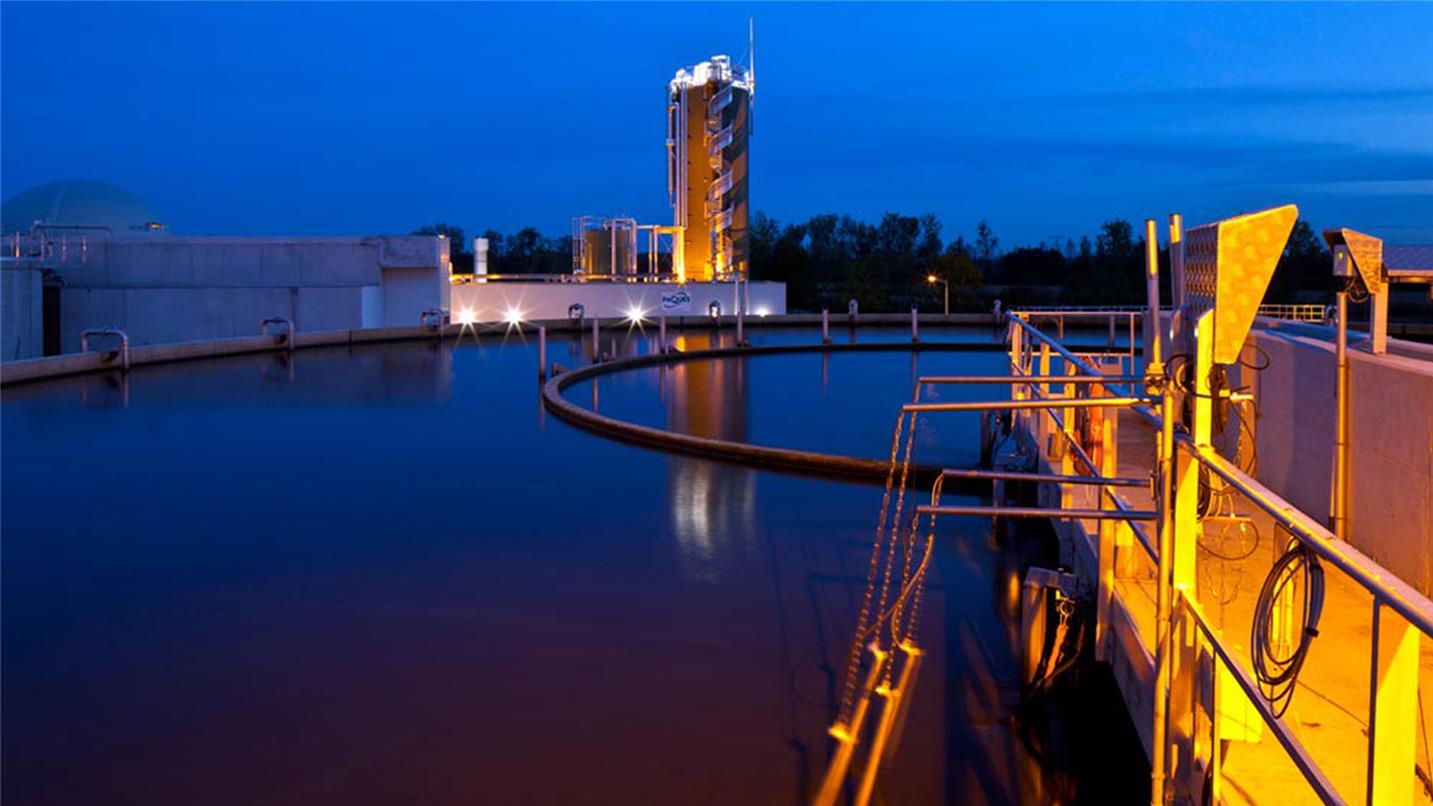Generate green energy with cabbage juice
In 2002, the 11 municipal members of the SIVOM association, located in Alsace's main region of production of sauerkraut, decided to replace their old wastewater treatment plants with a new plant.
Three objectives:
- treat the municipal wastewater of 27,000 inhabitants,
- treat the effluent produced by local sauerkraut producers, equivalent to the wastewater produced by 140,000 people,
- recover residual sludge and effluent from cabbage fermentation to produce green energy (electricity and heat).
An innovative and productive wastewater treatment plant
To deliver an appropriate solution, SUEZ designed, built and since 2012 has operated the Ehn Basin wastewater treatment plant, a pioneer unit in the sector.
Combine channels to meet the needs of the customer project
With a capacity of over 200,000 population equivalent, it collects and treats the wastewater from 11 municipalities in the Sainte Odile area, but also handles the effluent produced by local sauerkraut makers. The Ehn wastewater treatment plant has been in operation since 2012, the first in France to recover sauerkraut juice by methanization.
Invent to meet local needs
Transformation of cabbage to make sauerkraut is a major local activity in this area, home to 70% of French production. Cabbage juice is acidic and corrosive, requiring specific treatment other than that for conventional wastewater. The methanization unit eliminate over 90% of the pollution in just 4 hours. After this specific treatment, the residue is mixed with municipal wastewater to undergo customary treatment. In another channel, the wastewater from the 11 municipalities in the area is collected and treated to a high quality using tertiary filtration at the end of treatment.
Reuse of biogas and energy generation
Designed to consume a minimum amount of energy, this plant optimises its energy potential by producing biogas. This biogas is produced through the sludge digestion and the methane fermentation of sauerkraut juice. In both cases, it involves natural transformation of organic matter by specific bacteria. The residual juice is then injected into the conventional municipal wastewater treatment path. The biogas obtained can be used to generate the heat needed to operate the units (digestion tank, methane fermentation unit, double-stage dryer), heat sanitary hot water or facilities. The final process involves the sludge left over from wastewater treatment stage, which is dried and thickened for transformation into granules and used as an agricultural fertiliser but over time could also be used to generate energy.
Preserve the quality of life of inhabitants
The building architecture was designed according to HEQ (High Environmental Quality) standards, to ensure seamless integration into the local landscape, respecting the environment and local inhabitants:
- The tertiary filtration process means the plant discharges wastewater of excellent quality into the natural environment.
- Odour removal by physical-chemical deodorisation prevents local people from suffering olfactory pollution and improves work conditions inside the plant.
- The lower volume of sludge transported contributes to reducing pollution.
